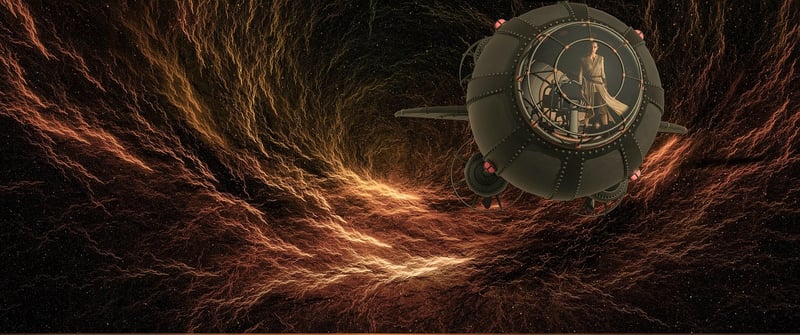Wormholes
Mechanisms for Time Travel and Wormholes
Time travel has long been a fascinating concept in science fiction, but is it possible in reality? While there is no confirmed evidence of time travel yet, some theoretical concepts, such as wormholes, have been proposed to make it plausible. Let's explore these mechanisms further.
1. Wormholes

Wormholes are hypothetical tunnels that connect two separate points in spacetime. If traversable, they could potentially allow for shortcuts across vast distances or even enable time travel. The concept of wormholes is based on Einstein's theory of general relativity.
How Wormholes Might Enable Time Travel:
- By connecting two points in spacetime, one end of the wormhole could be moved at speeds approaching the speed of light, creating a time dilation effect.
- If one end of the wormhole is stationary while the other is in motion, time could pass differently at each end, potentially allowing for time travel.
2. Time Dilation

Time dilation is a phenomenon predicted by Einstein's theory of relativity, where time passes differently for objects in motion relative to each other. As an object approaches the speed of light, time slows down for it relative to a stationary observer.
How Time Dilation Relates to Time Travel:
- If an object could travel at speeds close to the speed of light and then return to its starting point, it would experience less time passing compared to the stationary observer, effectively traveling into the future.
- While time dilation has been observed in experiments involving high-speed particles, practical time travel applications remain theoretical.
In conclusion, while the theoretical frameworks of wormholes and time dilation provide intriguing possibilities for time travel, significant technological and scientific advancements would be required to make it a reality. The exploration of these concepts continues to inspire scientific research and fuel the imagination of many.
